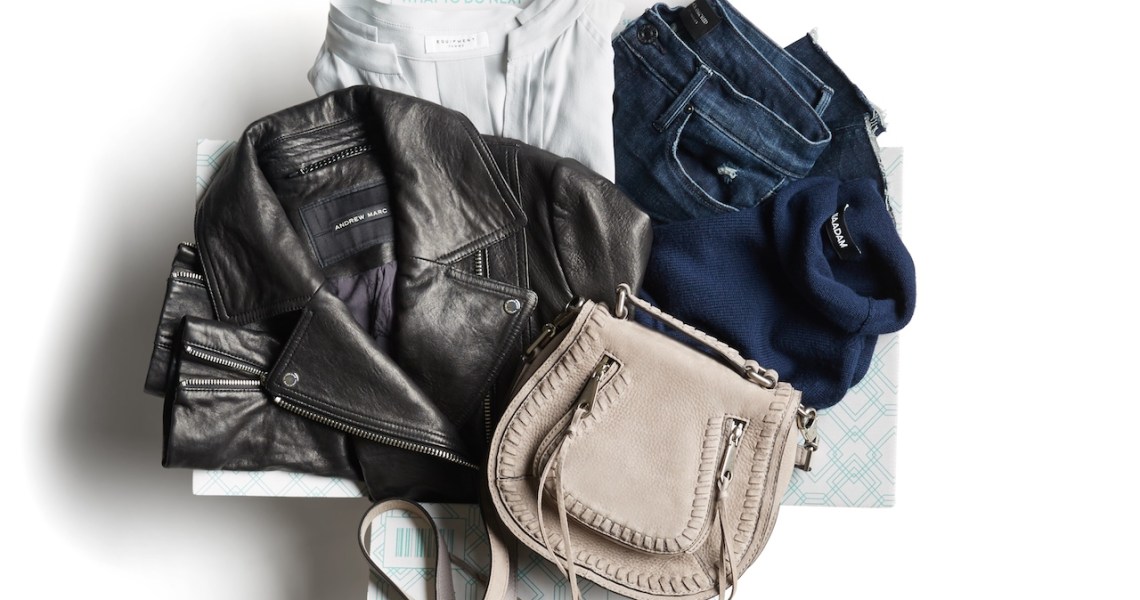In Stitch Fix earnings, released last week, buried amid other figures and metrics like net revenue and active clients, was a stat on the company’s revenue per active client, or RPAC, growing by 9%.
This measurement, most frequently associated with the media and telecom businesses, has been making its way into fashion due to the boom of brands offering subscriptions. For brands charging membership or recurring fees, it’s a meaningful metric.
What is RPAC?
Revenue per active client, sometimes called average revenue per user, is a metric originated by the telecom industry to measure the overall revenue generated by one user, usually of a subscription service like a telephone line or an internet package. It runs parallel to lifetime value, but it’s more specific to membership and subscription business models. For fashion brands, it’s becoming increasingly helpful to track the combined revenue from a customer’s recurring membership fees and other purchases.
For example, a brand like Rent the Runway offers a subscription service for $159 per month. However, on top of that, customers can purchase some of the clothes they rent at a discounted price. The revenue from their membership fee, which is fixed per month, and the purchases they make, which is variable, are combined to form RPAC.
Not every subscription company’s RPAC looks the same
Fashion companies that have both subscription and transaction revenues don’t always have the same splits. Stitch Fix charges a relatively low styling fee, since the majority of their revenue comes from the actual purchases made by customers.
“Stitch Fix has a membership, but their real business model is selling garments,” said Ari Hoffman, CEO of men’s fashion brand Scotch & Soda, which launched its own subscription rental service, Scotch Select, in August. “For us, the most important thing is subscriptions. We charge $99 per month, and that’s where the revenue comes from. Some people buy things after they rent, but it’s only about 10% of our members.”
Hoffman said that, for Scotch & Soda, growing the subscriber base is the biggest priority right now, not pushing Scotch & Soda’s current subscribers to buy more of their rented styles.
Birchbox CEO Katia Beauchamp told Glossy that she sees the subscription model as just the appetizer. “The subscription is supposed to be a way of exciting you and helping generate demand,” she said. “It isn’t the transaction. The transaction is when you find the thing you love and you buy it.”
RPAC doesn’t mean that more active users are more valuable
A company like Rent the Runway, which made news last month for logistical problems that caused rental delivery delays for consumers, seemingly does not need more subscribers putting even more of a strain on their business at the moment. (Rent the Runway declined to comment for this story.) More active customers also means more logistical and resource strain for the company. During stable times, this is less of an issue, but it can exacerbate the kinds of problems that Rent the Runway has been experiencing.
RPAC can help brands see how much they’re spending on a customer and what kinds of behavior they want to encourage and incentivize.
“It’s not necessarily good to have super active users who are renting and buying all the time,” Hoffman said. “We want a moderate, average use rate, because if they use it too much, you’re not making much money since you have to ship something to them and dry clean it eight or nine times a month. But on the other side, if they are not using the service very often, they risk dropping off and cancelling. We are obviously happy to keep that super active customer, but we aren’t making quite as much money from them.”
A high RPAC is better for companies where add-ons are the focus
Hoffman said 90% of the revenue from Scotch & Soda’s rental members comes from subscriptions, and that’s the way he’d like to keep it. Stitch Fix, on the other hand, gets most of its revenue from transactions, which is why a 9% growth year over year in that area made its recent earnings a success and contributed to its net revenue’s 29% growth year over year to $1.58 billion. For brands where memberships are just getting off the ground, stability and audience growth are the most important figures, and RPAC becomes more important when the service is established.




